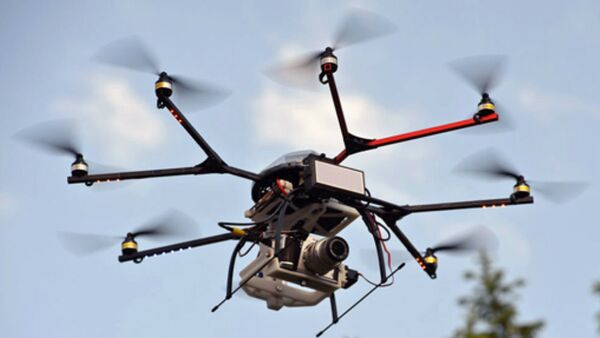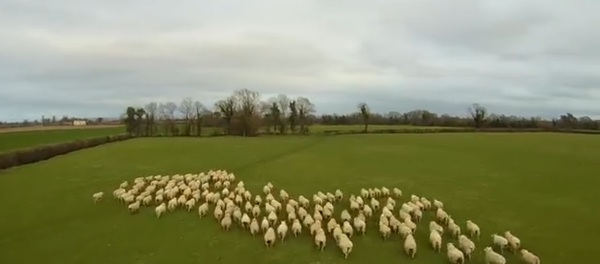Tom Driscoll, the company’s co-founder and chief technology officer, recently armed his own drone with this cutting-edge radar prior to a backyard test flight.
“We flew it around, did some collision avoidance, and locked onto one of our engineers and followed him around my backyard,” said Driscoll.
Radar devices normally are bulky and extremely expensive. Echodyne, which counts Microsoft founders Bill Gates and Paul Allen among its investors, is working on instruments that are compact and cheap enough to be used widely.
To make a radar instrument that is affordable for the public, Echodyne relies on research in the relatively new field of metamaterials.
Metamaterials provide a way to get around many of the physical limitations that have previously defined how engineers could control radio, light, and sound waves. For example, while conventional lenses need their characteristic shape to bend light rays into focus, a metamaterial lens can bend light the same way while being perfectly flat.
Driscoll said the radar could become a standard sensor for vehicles and robots because it is not limited in weather conditions such as fog or snow, unlike the sensors used on some prototype autonomous cars, including Google’s.
Radar systems used by the military typically start at around $100,000, said Eben Frankenberg, CEO and fellow cofounder of Echodyne. He said his company hopes to mass produce compact radar systems that cost only hundreds or thousands of dollars.
Echodyne plans to market its technology to the government and military, but its co-founders are more excited about new commercial markets that have never used radar because it was too expensive, too bulky, or did not offer a meaningful improvement over existing technologies.




